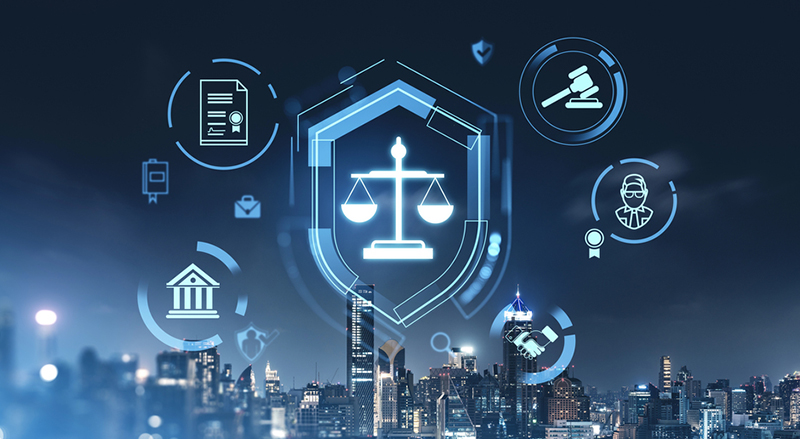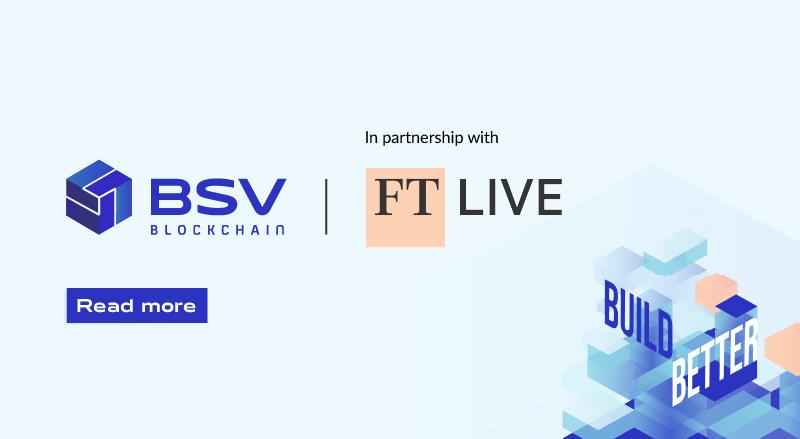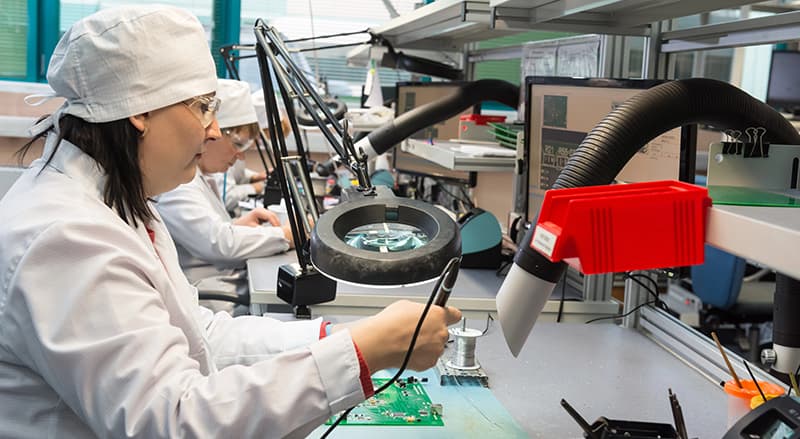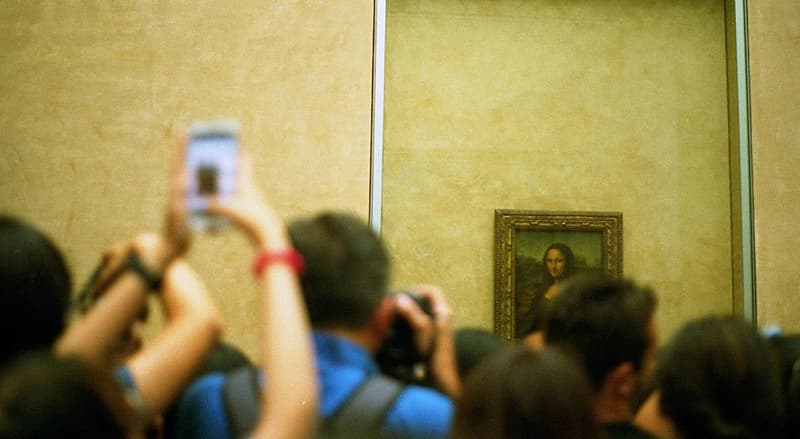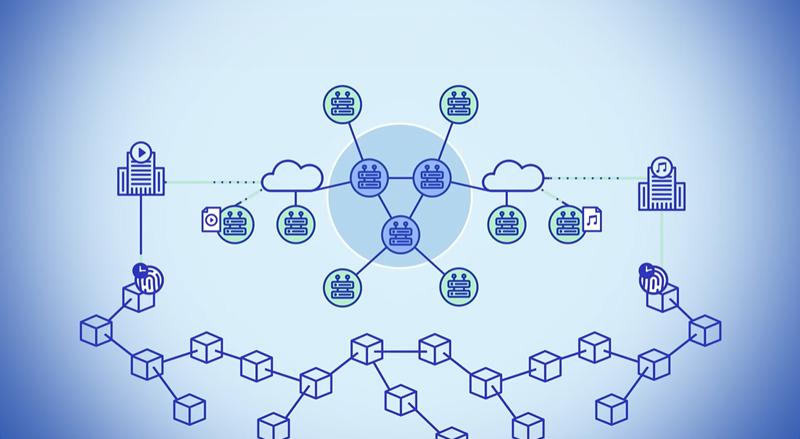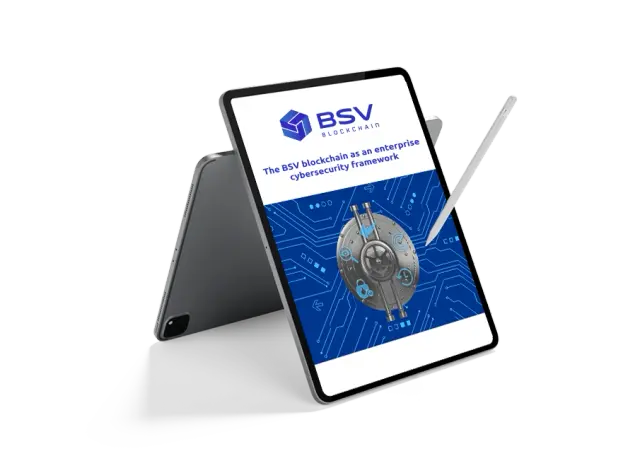Originally published on Thomson Reuters, January 24, 2025 by Matt Green of Lawrence Stephens, Brian Mondoh, barrister, and Marcin Zarakowski, Token Recovery
It is commonly thought that Bitcoin is a decentralised network, and although Satoshi Nakamoto’s “Bitcoin: A Peer-to-Peer Electronic Cash System” white paper (PDF) never uses that word, references are made to “no central authority to issue” and “a distributed timestamp server on a peer-to-peer basis”.
Moreover, the white paper confirms: “Bitcoin uses peer-to-peer technology to operate with no central authority or banks; … its design is public, nobody owns or controls Bitcoin and everyone can take part” (Note: Bitcoin is the system and bitcoin is the asset). On that basis, if you no longer have access to your bitcoin, there is no one to write to and no one “at Bitcoin” who can help. The position, however, has changed somewhat, and Bitcoin can now be used to recover lost bitcoin assets.
Models of loss and recovery
First is to explain the position if you lose bitcoin (or any other cryptoasset) through: (i) theft or scam; or (ii) losing access (inaccessibility of private key and seed phrase).
The former requires an after-the-event strategy, in that practitioners can follow the movement of funds across the blockchain until they reach a centralised entity and/or service provider, like a crypto exchange. Upon the victim obtaining Court orders or if given voluntarily, that entity provides disclosure including the identity of the recipient of the bitcoin, who can be pursued in the usual way. This can be costly, resource-heavy and inefficient, albeit a tried-and-tested model for those who have lost significant sums, whether bitcoin or otherwise.
The latter involves parties losing private keys, seed phrases or access to their assets generally, and may well include a data breach, forgetfulness, or in many instances, where individuals trust third parties to look after their assets, seed phrases and or private keys, and that company either refuses to engage in any correspondence or even goes under. In these situations, digital assets are stuck on the blockchain, forever in limbo and unattainable.
A good example of this is Newport’s James Howells, who discarded his hard drive containing around 8,000 bitcoins, and who has for more than 10 years been looking for ways to recover those assets, having recently lost a case to search a dumpsite to find it. Howells’ position should now be rectifiable, as explained below.
Forking and creation of new assets
The fact that forking has occurred plays a major role in new recovery methods, including for Howells. Nakamoto, the purported founder of the cryptocurrency, released the white paper in 2008, and the Bitcoin network was released in 2009. At this point, the block size was limited to one megabyte, with block creation averaging around 10 minutes.
Critics highlighted concerns with its operational energy consumption, which can be live-tracked via the Cambridge Bitcoin Electricity Consumption Index, and which Crypto.com noted was at one point more than that of Finland.
To combat these challenges, the Bitcoin network (BTC) was “forked”, meaning there was a strategic and deliberate change to the network’s protocols. Soft forks are those which are backward compatible, fix bugs, and do not create a new kind of asset. Hard forks are copies of the previous ledger database and implement new rules to the protocol. For example, Bitcoin Cash (BCH) was created in 2017, to increase the block size and allow higher transaction frequency, with the hope of lowering energy consumption.
Out of BCH came further forks, including Bitcoin Satoshi Vision (BSV) in 2018 and then eCash (XEC). BSV was designed to realign with Nakamoto’s vision for, among other things, “small casual transactions”, which appears to conflict with BTC’s value as “digital gold” as considered by Deutsche Bank[1].
These new systems following the fork have the same root (being the history of transactions) and are, from the moment of their implementation, copies of the BCH network (and in turn BTC network). This means if an individual owned BTC, or even BCH, prior to subsequent hard forks, they should in theory also now own the forked assets, including here BSV, even if they do not realise it. For example, owning a bitcoin in 2016 would likely mean ownership of BCH, BSV and others.
Digital asset recovery on BSV blockchain
Decentralisation has generally prevented parties from seeking assistance from those who run Bitcoin, in whatever format. That has now changed, given the need to assist victims of fraud.
The Digital Asset Recovery (“DAR”) process is both a legal framework and a set of technical features integrated into the BSV blockchain, dictating how nodes in the distributed network (those who run the system) handle certain Court orders for asset recovery cases. DAR enables the reassignment of lost or stolen digital coins when a valid and enforceable Court order is issued, which is then converted into a machine-readable format and broadcast to all nodes in the BSV network.
Rather than altering the blockchain’s history or cancelling fraudulent transactions, which would go against the value-proposition of blockchain technology, the nodes are compelled to create a new transaction that reassigns the lost or stolen assets to a new address specified in the Court order, typically belonging to the rightful owner. The same system can also freeze assets based on Court injunctions and legal notices.
Nodes on the BSV network are required to comply with the instructions in a Court order from England and Wales or Switzerland, due to the binding powers of the network access rules. These rules, issued together with DAR in 2024, form a comprehensive contractual framework, like quasi terms and conditions, for all participants in the BSV network. Joining the BSV network is a unilateral act of acceptance of these terms.
If a node fails to operate in accordance with these rules (e.g., by not respecting the broadcast Court order), it breaches the contract. In such cases, other nodes in the network are entitled to enforce the rules by ignoring its transactions, orphaning its blocks and effectively removing the non-compliant node from the network.
Why is that important?
Returning to the two problems above: (i) theft or scam; and (ii) loss of access. Taking the former first, on the basis that an investigator can identify the relevant addresses, a Court order can compel nodes on the BSV blockchain to stop any transfer from addresses and reassign the BSV coins to an address controlled by the victim.
This means the victim does not have to wait until the funds reach a centralised entity, and as long as the address is identified, the assets can be frozen and reassigned back, mitigating the risk of dissipation. This makes the entire process more cost-effective, more precise, and infinitely more reactive.
The second problem concerns the loss of access to the assets. By way of an example, the authors are working with an individual who stored BSV on a third-party platform, which is now defunct, and his assets are essentially lost to the world. As long as he can prove to a Court that he is the owner of those assets (evidencing the purchase or trade, for example), and that, to the best of his ability, no third party has an interest, then an Order can be agreed with BSV and filed to return those assets without delay.
In Howells’ case, if he can show he acquired 8,000 BTC pre-forking, he should be able to claim he owns 8,000 BSV. On the basis that BSV finished 2024 at around £42/$51 each, he could make a relatively simple claim for those assets, valued at around £336,000/$408,000 using those figures.
Deciding levels of decentralisation
In this instance, BSV has decided to ensure those who operate the BSV blockchain are compelled to comply with Court orders, ensuring a limit on decentralisation.
This is in contrast to the case of Tulip Trading, which reached the Court of Appeal in England and was discontinued last year. Here the claimant sought the recovery of his BTC, as well as forked assets, including BSV, following a purported hack on his computer systems that prevented access to those assets.
The claimant sought to assert a fiduciary duty over those who run the Bitcoin network, requesting that in the instance the access to his assets had been lost the software could be manually amended by the defendants to give the claimant the right to access again.
Part of the controversy centred on whether Bitcoin, being BTC, was decentralised and whether what was claimed could be achieved. As to BSV, theoretically, if the claimant could prove that he owned the BSV sought, and that no third party had rights to it, he could make a recovery, although due to res judicata (a principle of law preventing the same issues of law being litigated by the same claimant once a determination is made), may prevent this course of action in this specific case.
What this means
In theory, if any individual has a right to any bitcoin which predates the 2017 BCH hard fork, they may also have other bitcoin variations, including BSV. Similarly, if any party owned and then lost BSV, there are straightforward ways to make a recovery, using the BSV network and associated rules.
Thanks to the developments on the BSV blockchain, individuals who have been deprived of their bitcoin, or lost access, may well be able to find a cheaper, easier and more streamlined way to make a recovery, with the help of specialist lawyers and practitioners.
1 See Marion Laboure, analyst at Deutsche Bank Research’s interview on Bitcoin, “I could potentially see Bitcoin to become the 21st century gold”.
(Matt Green of law firm Lawrence Stephens, Brian Mondoh, barrister and attorney-at-law at the Bar of Trinidad and Tobago, and Marcin Zarakowski, Token Recovery)
